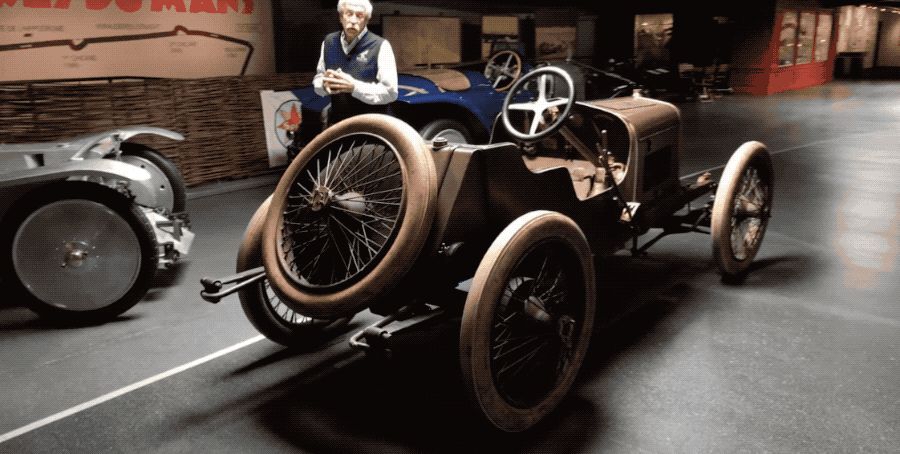Dive Under The Hood Of King Alfonso XIII's 1911 Hispano-Suiza Type 45CR
When the automobile started taking the world by storm, it was pretty much a guarantee that the first customers would be rich folks and royalty. But maybe one of the most hard-partying, sport-loving kinds had to be Alfonso XIII of Spain. Now we can take an in-depth look at his 1911 Hispano-Suiza Type 45CR.
Alfonso XIII reigned from his birth in 1886 until 1931, when he willingly stepped down amid political strife. And when you're a monarch from birth, you're probably going to be a little extravagant. When he was married, he built the Hotel Palace in Madrid to house his guests. He loved soccer, so he funded several Spanish clubs. If you see a Spanish team with "Real" in its name, that means it received royal patronage, and there's a good chance it came from Alfonso XIII.
Mullin Automotive Museum has introduced a really neat series where experts break down the inner workings of famous cars, and its most recent video is that of Alfonso's Hispano-Suiza.
Hispano-Suiza is a Spanish automotive company that was officially founded in 1904 but that found its initial roots just after Alfonso's birth. The machine in the video is one of the marque's incipient vehicles, crafted before World War I—and it's one of the earliest vehicles Mullin has in its collection. It's also one of three that remain in the world today, and one of 25 that were initially produced.
The Type 45CR was a race car, but Alfonso wasn't a racer. He was just a fan of fast cars, and he pushed the Spanish Hispano-Suiza to enter the racing world in order to represent his home country on the world stage. Remember, at that time, most automobile manufacturing was based in mainland Europe: France, Italy, and Germany. Sticking Spain into the mix was a good idea for both business as well as the national image.
The Mullins video will give you a more in-depth history, and it'll also delve into the mechanical development of the car, including its monoblock four-cylinder engine.
